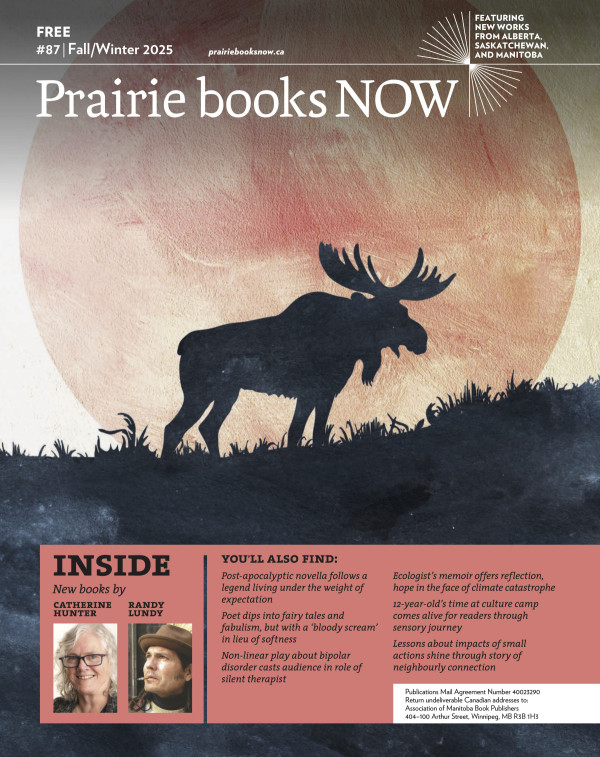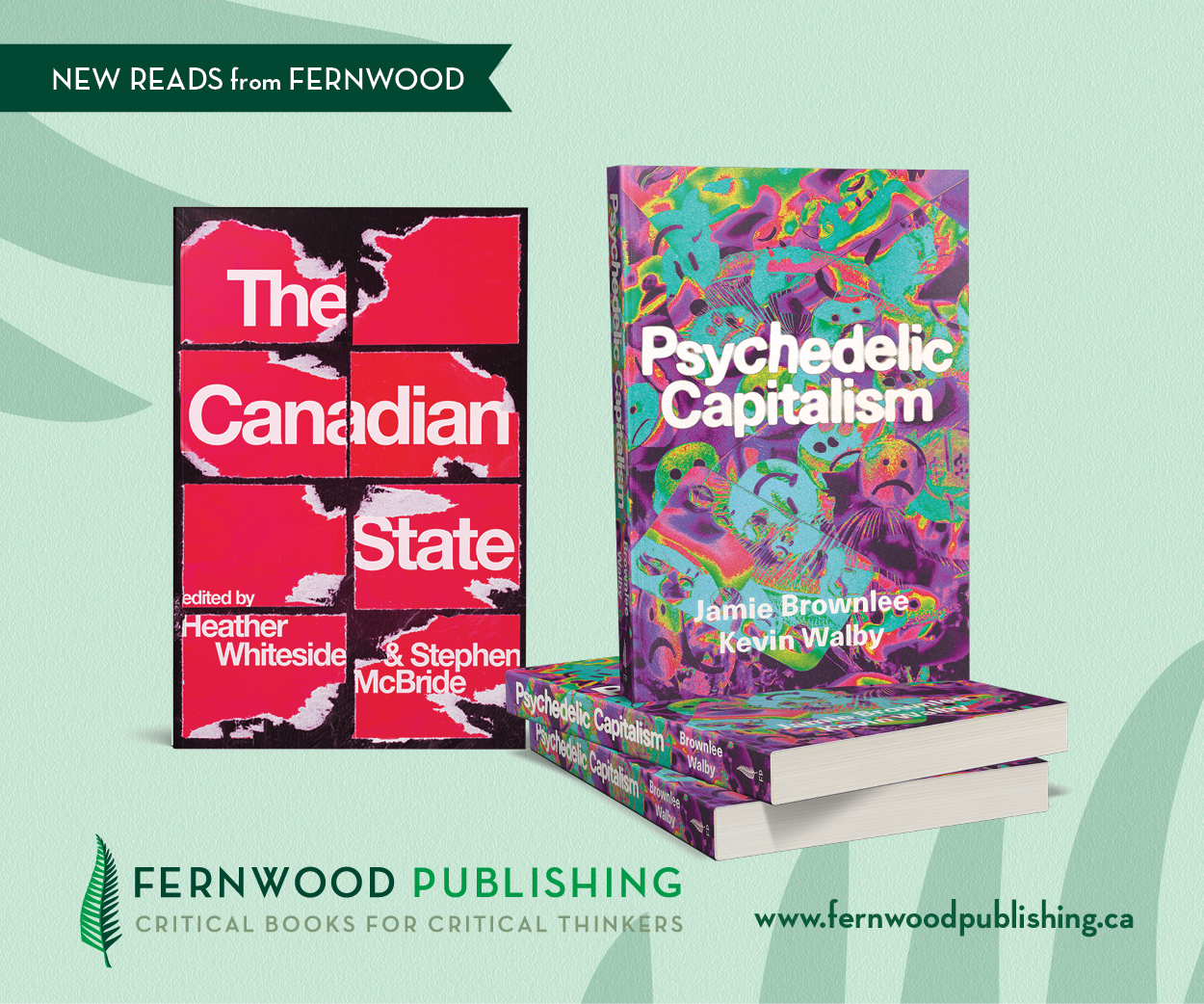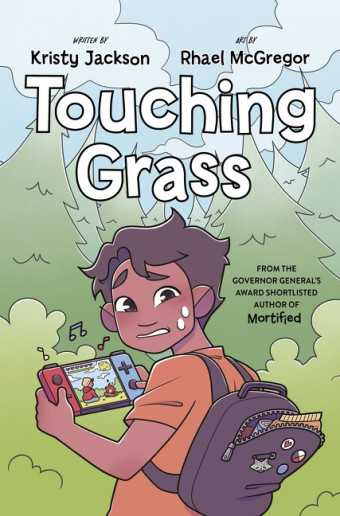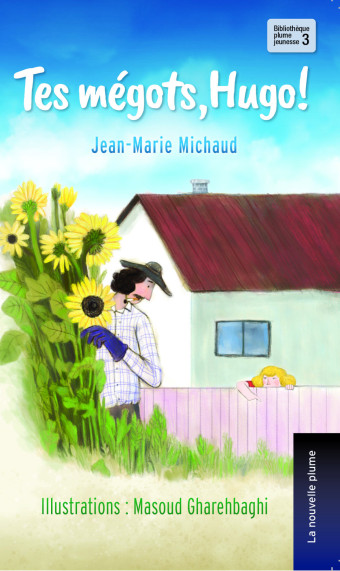“I think a point can be made far better with humour than with dire earnestness,” Winnipeg-based Cordell Barker, creator of the animated short, Runaway (2009), says. The darkly comedic film seeks to convey “the sense of society willfully, or obliviously, racing along a one-way track to its doom.”
On the surface, the kinetic story is about a cow on the railroad tracks, a train’s engineer who leaves his post at just the wrong moment, and the pandemonium that follows when no one else knows how to drive the train. However, Barker acknowledges that “there can be quite a difference of interpretation within a metaphor film like Runaway.”
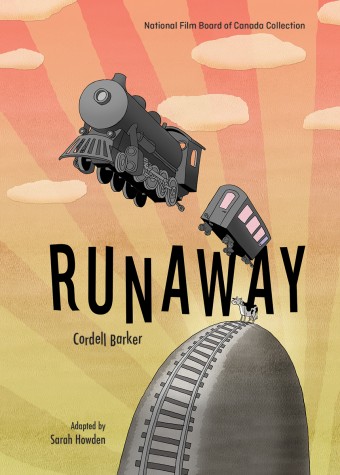
- Runaway
- Cordell Barker, Sarah Howden (Co-author)
- Firefly Books
- $19.95 Hardcover, 88 pages
- ISBN: 978-02-28100-79-9
Sarah Howden brings her interpretation to the page in the new graphic novel, Runaway. The middle years book is part of the National Film Board of Canada Collection from Firefly Books, and the second graphic novel adapted from one of Barker’s films.
“The film [Runaway] bowled me over!” Howden says. “I loved Cordell’s artistic style, and how offbeat and vibrant and hilarious his characters were – so endearingly human.”
The art within the book is a series of stills from the original film, but flipped to better suit the form of a book.
“With the film, right to left works great, because you can see the train going faster and faster, so there’s no concern about a misread. The train going to the left might [also] engender a sort of ‘unnatural’ feeling in North American viewers, which would suit Cordell’s purpose nicely,” Howden explains.
“In the book, though, we needed every tool in the toolbox to give readers the impression of speed – relentless momentum – so [reversing the art] felt like the best way to help get that across. Flip the page and the train speeds onwards!”
Deceptively simple, the book lacks the breakneck pace of the film, but the breathing room given to each beat of the story allows for a much more deliberate contemplation of human folly. The film achieves its ends with near-silent characters and manic music, but Howden felt that the transition to a static medium might cause some of the story to be lost in translation – particularly with young readers as the target audience. Narration was needed to fill in the gaps.

“The biggest feat for me was finding the voice of the alien-type narrator [who refers to everyone as ‘humans’] to capture the sort of droll distance the film conveys,” Howden says. “It felt like a fine balance, knowing I was adding a new dimension while trying not to interfere with the brilliance of the original work.”
Barker feels that Howden succeeded with maintaining the feel of this morality tale of capitalism, callous exploitation, and the race to destroy humankind.
“I like how the book came together,” he says. “I think it helps the reader to think about what is going on – what the story means. And especially the ending. That was very important to me, because one wrong word, or image choice, would change the meaning of what the whole film, and book, is about.”

